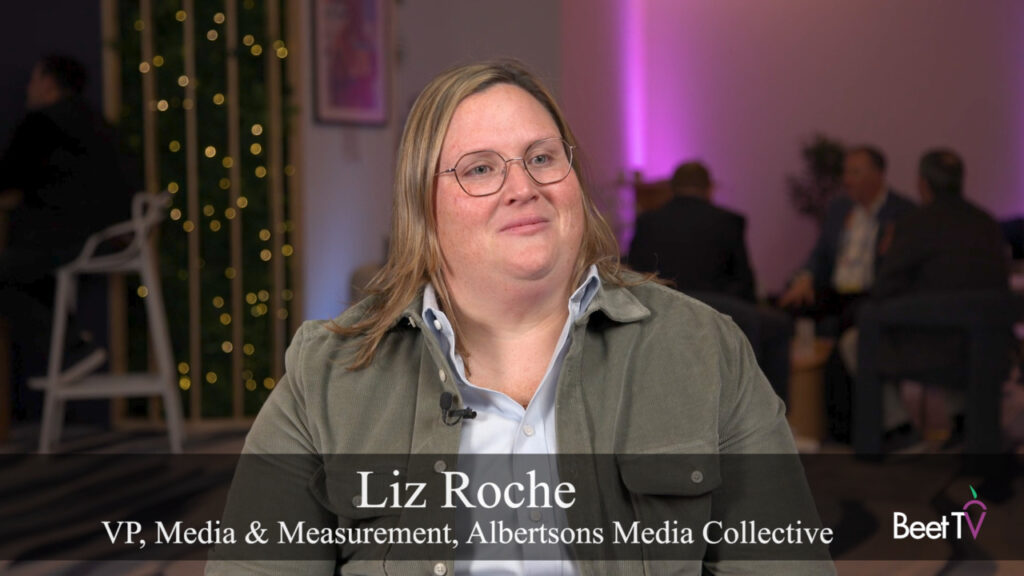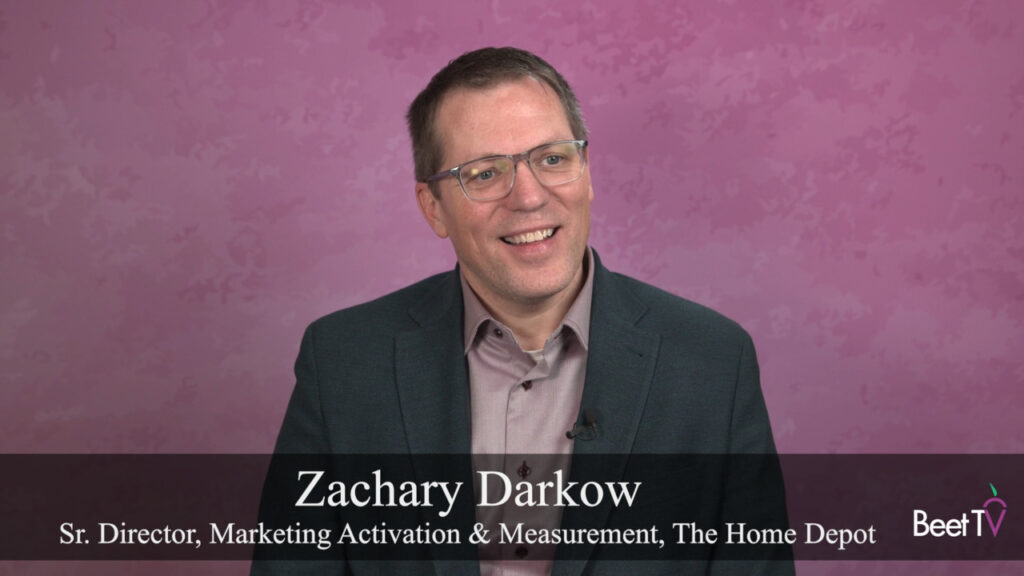The growth in the audience for connected TV (CTV) is creating more opportunities for advertisers to reach consumers, especially younger people who spend less time with linear TV. Advertisers face challenges in measuring the rapid change in viewing activity, as Kris Magel knows.
He joined Samba TV, the provider of omniscreen advertising and analytics, in July as vice president and head of agency development after a 27-year career in media buying. His agency experience includes leadership roles at Dentsu Media, IPG’s Initiative and Publicis’ Zenith, Optimedia and DeWitt Media.
Magel sees an opportunity to transform the way advertisers measure the effectiveness of their campaigns and improve audience targeting.
“I have just been so fascinated and so excited by the amazing amount of transformation and evolution happening in the television industry,” he said in this interview with Beet.TV. “The hot spot of where all that is happening is in the addressable and advanced video sectors, specifically being led by connected TV.”
Data Insights for Advertisers
Amid the fragmentation of the media landscape, advertisers have grown more reliant on first-party data to hone their messaging and create a
“Marketers are absolutely much more focused on building their repositories of data about their customers,” he said, “and leveraging knowledge and insights and understanding from that data to improve and connect all of their brand experiences. A big part of their brand experience is their advertising and media presence.”
Improvements to measurability will help advertisers to avoid showing ads too frequently to the same audiences. Such saturation creates a negative experience for viewers, and is wasteful for advertisers.
“It’s an undeveloped space. The experience isn’t optimal yet. The industry hasn’t matured,” he said. “There’s been a huge change in viewing behavior by the consumer. The amount of insight into what viewers are actually watching between linear and streaming is limited.”
Automatic content recognition (ACR) data that capture what appears on smart TV screens provide more details about viewership for linear and streamed programming. With that information, marketers can implement frequency capping, reach deduplicated audiences and measure their return on investment (ROI).
“When you’re going to market utilizing audiences that have been built by such a granular set and individualized set of data, you need to be able to measure viewing of those audiences,” Magel said. “That is what the data that Samba does provide enables.”
Greater Media Transparency
Advertisers also face challenges as media outlets develop closed systems, also known as “walled gardens,” that limit their ability to measure whether they’re reaching the same consumers among different platforms. Improved cross-platform measurement can help to improve the effectiveness of media buys, driving additional investment that improves the ecosystem.
“Intermeasurability is a critical step the industry needs to take,” Magel said. “All boats can rise with that tide if there is an ability to see across all of those partners. That’s good for viewers. I think that’s good for marketers, and I think that’s good for media companies.”














































